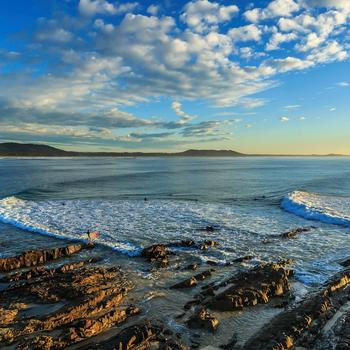Which of the following doesn't give a precipitate when dil.HCl is added? 1. NaAlO2 2. Na2ZnO2 3. BiOCl 4. AgNO3 5. NaOCl
2 Answers
Only
Explanation:
There are some rules governing which salts will be soluble, and salt with chloride, bromide or iodide will be soluble, except when one of those halides is combined with sliver, lead or mercury.
Reaction 4 is the only one that will give an precipitates as the other salts are soluble.
These are the reactions mentioned...
1-
2-
3-
4-
5-
Explanation:
This is sodium aluminate. Aluminium is amphoteric. An acid base reaction occurs as the aluminate ion accepts a proton to give a precipitate of aluminium hydroxide:
This will dissolve in XS acid to give
You may also see the aluminate ion written as
This reaction is an important step in the purification of the aluminium ore known as bauxite to give alumina, which is aluminium oxide
2.
This is sodium zincate. Zinc is also amphoteric and a similar reaction occurs to give a precipitate of zinc hydroxide:
This will dissolve in XS acid to give
You may also see the zincate ion written as
3.
At low pH this may go on to give chlorine gas:
4.
This gives a white precipitate of silver chloride:
5.
This forms hypochlorous acid:
At low pH this may go on to give chlorine gas:
No precipitate is formed.



